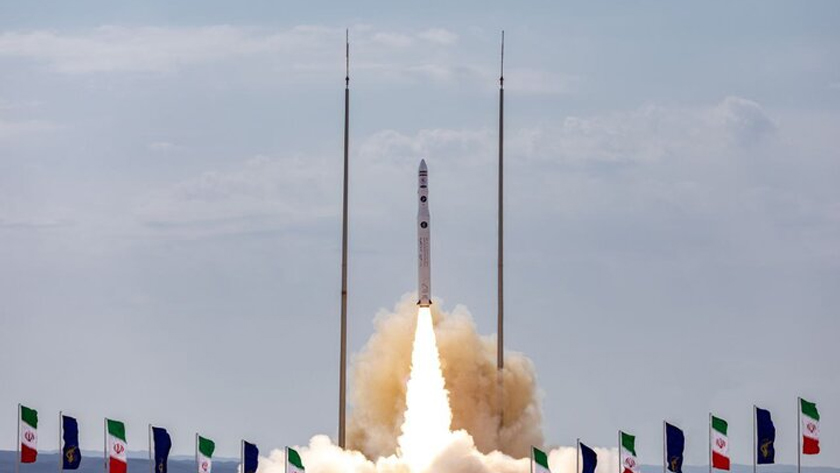Iran’s Chamran 1 Satellite Successfully Launched into Orbit
On Saturday, September 14, 2024, at 18:53, Iran made a notable achievement in its space endeavors with the successful launch of the "Chamran 1" research satellite. Developed in a collaborative effort between Iran Electronics Industries (IEI), the Aerospace Research Institute, and several private knowledge-based companies, this milestone demonstrates the country’s growing prowess in space technology.
Technological Advancements and Mission Objectives
"Chamran 1," weighing approximately 60 kilograms, is not merely a demonstration of Iran’s ability to put hardware into space; it serves a multifaceted mission. The satellite’s core task is to test a range of hardware and software systems essential for validating orbital maneuver technology. Specifically, "Chamran 1" will evaluate orbital adjustments related to both altitude and phase—the angles at which the satellite traverses around Earth.
In addition to its primary role, the satellite will also assess cold gas propulsion subsystems within space systems. Cold gas propulsion is a vital technology for many modern satellites, utilizing inert gas expelled through nozzles to create thrust without combustion, thus offering precise control of satellite movements. "Chamran 1" will further examine the efficiency of navigation and attitude control subsystems, ensuring the satellite maintains its correct orientation and follows its designated path accurately.
Launch Vehicle: The Solid-Fuel "Qaem 100"
Integral to the satellite’s deployment was the solid-fuel "Qaem 100" satellite carrier. This robust launch vehicle was designed and constructed by experts from the Islamic Revolutionary Guard Corps Aerospace Force. Its successful completion of the second orbital mission marks a significant milestone, reinforcing Iran’s capabilities in launching and deploying satellites.
The "Qaem 100" is built to withstand the harsh conditions of space and ensures that satellites like "Chamran 1" are placed into their designated orbits with precision. The technology behind the solid-fuel propulsion offers several advantages, including simplicity of design, reliability, and high thrust-to-weight ratios, making it ideal for space missions requiring robust and consistent performance.
Broader Context and Geopolitical Considerations
Iran’s advancements in space technology occur amidst a broader narrative of technological and scientific progress. The country has been keen on developing its local technological base, seeking to reduce dependence on external entities. This drive toward self-reliance has spurred innovations across various sectors, including aerospace engineering, robotics, and energy solutions.
The successful launch of "Chamran 1" is a reflection of this broader ambition. It also sends a clear signal about Iran’s growing competencies in highly specialized fields like satellite technology and space exploration. Such advancements could have implications for both regional and global geopolitics, influencing how nations perceive Iran’s technological and scientific capabilities.
Iran Electronics Industries (IEI)
For more information on Iran’s burgeoning space program and recent achievements, visit the official website of Iran Electronics Industries (IEI).
As we await further missions and technological disclosures, "Chamran 1" stands as a testament to Iran’s relentless pursuit of scientific and technological excellence.
